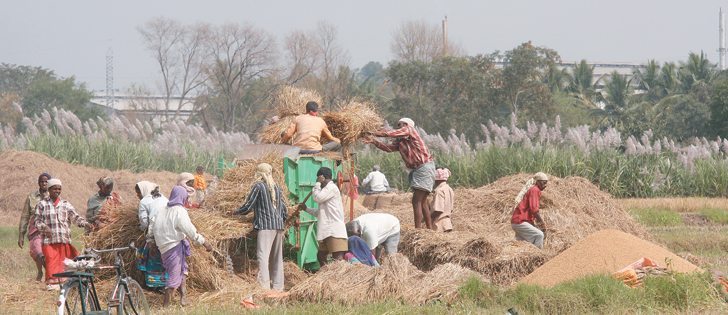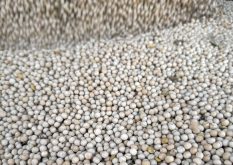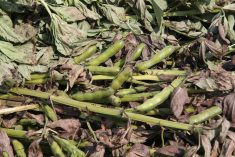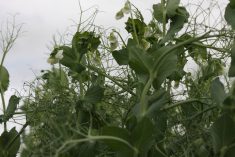Wet weather has analysts watching for reports of damage to country’s pulse production
India has received an unusual amount of winter rain and there is more in the forecast, which doesn’t bode well for the country’s pulse crops, say analysts.
An average of 28 millimetres of rain fell across the country from Feb. 26 to March 4, which is 358 percent above normal for that period. The winter is India’s dry season.
Much of the rain fell in northwestern and central India, where most of the rabi (winter) season pulse crops are grown.
Northwestern India received an average of 57 mm of precipitation, which was 441 percent above normal, while central India received 20 mm, or 689 percent more than usual.
Read Also
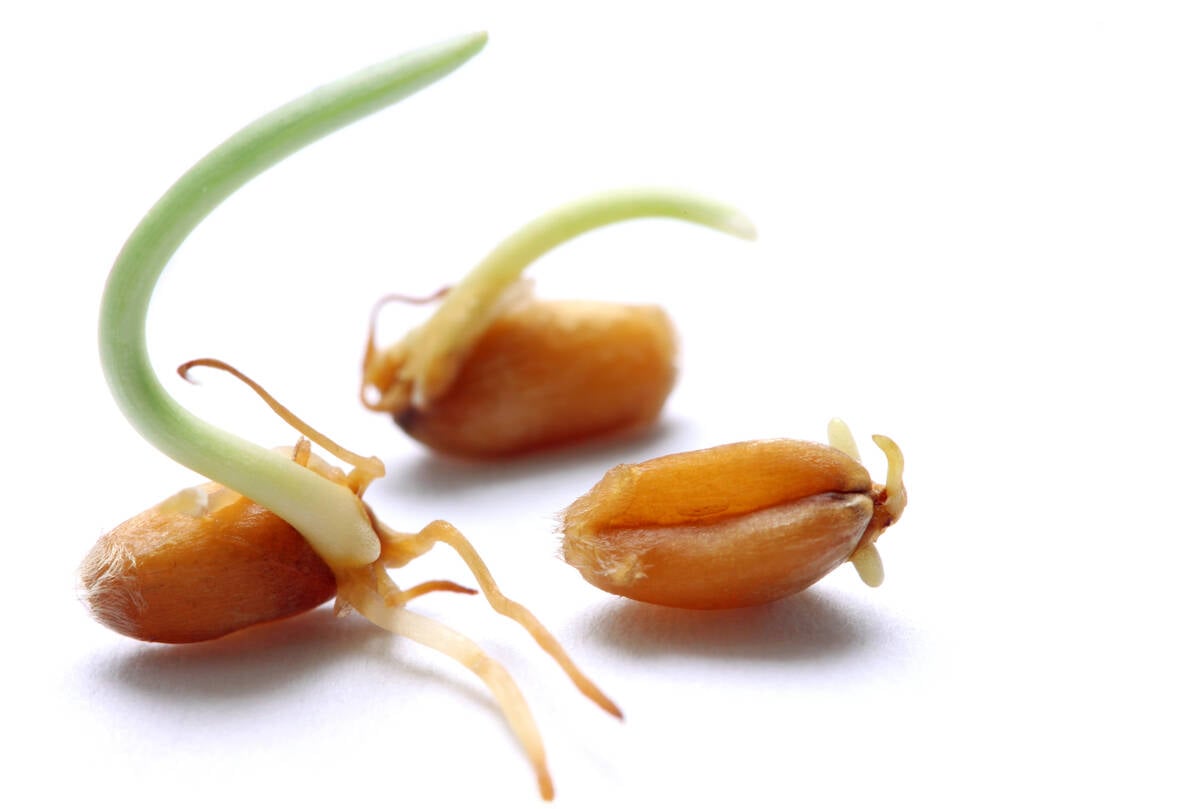
Manitoba farmers fight sprouted wheat after rain
Rain in mid-September has led to wheat sprouting problems in some Manitoba farm fields.
India’s agriculture minister told Parliament 12 million acres, or eight percent of the country’s winter crops, were damaged by the rain, according to a report in the Tribune, an Indian newspaper.
Drew Lerner, president of World Weather Inc., thinks the Indian press and politicians are guilty of exaggerating the amount of damage that occurred.
“That sounds pretty inflammatory to me,” Lerner said about the 12 million acre estimate.
He does not believe the crop was at a vulnerable stage of development when the rain fell from Feb. 28 to March 1. He certainly doesn’t think eight percent of the crop has been damaged.
However, a second wave of rain could be trouble, which is what’s in the forecast. Lerner expects another major rain event from March 12-17.
“Some of the rain totals could be rather impressive for India,” he said.
The system is expected to dump most of the moisture on the states of Maharashtra, Madhya Pradesh and Uttar Pradesh. Most areas will receive 13 to 25 mm, but parts of central and eastern Madhya Pradesh could receive 50 mm, which is significant.
It is not what farmers want as they enter the rabi harvest period because crops are vulnerable to moisture.
“The rain in this coming week will be more damaging than anything that has occurred up until this point,” said Lerner.
Half of India’s rabi chickpea crop is grown in Madhya Pradesh and Maharashtra. Uttar Pradesh and Madhya Pradesh are home to two-thirds of the country’s lentil crop and three-quarters of its peas.
Chuck Penner, an analyst with LeftField Commodity Research, said some recent rainfall statistics sound impressive, but it is important to keep in mind that this is India’s dry season, so a 500 percent increase over normal might be only 10 mm of rain.
“I think it is being overplayed a certain amount,” he said.
“I don’t think it has done a huge amount of damage yet.”
Penner has been following pulse crop prices in India, and as of March 9 there was no indication that any of them were on the rise, which would suggest damage was minimal.
However, Penner agreed that if the crops receive another deluge it could cause quality problems for India’s pulses or even yield losses if it results in crops sitting in water.
“It could add to the misery, that’s for sure,” he said.
India is coming off a disappointing kharif (summer) crop harvest, and rabi pulse plantings were 10 percent below the previous year. As a result, the country has already been importing large volumes of pulses.
A disappointing rabi harvest would further boost demand and bolster yellow pea, red lentil and other pulse prices.
Contact sean.pratt@producer.com


